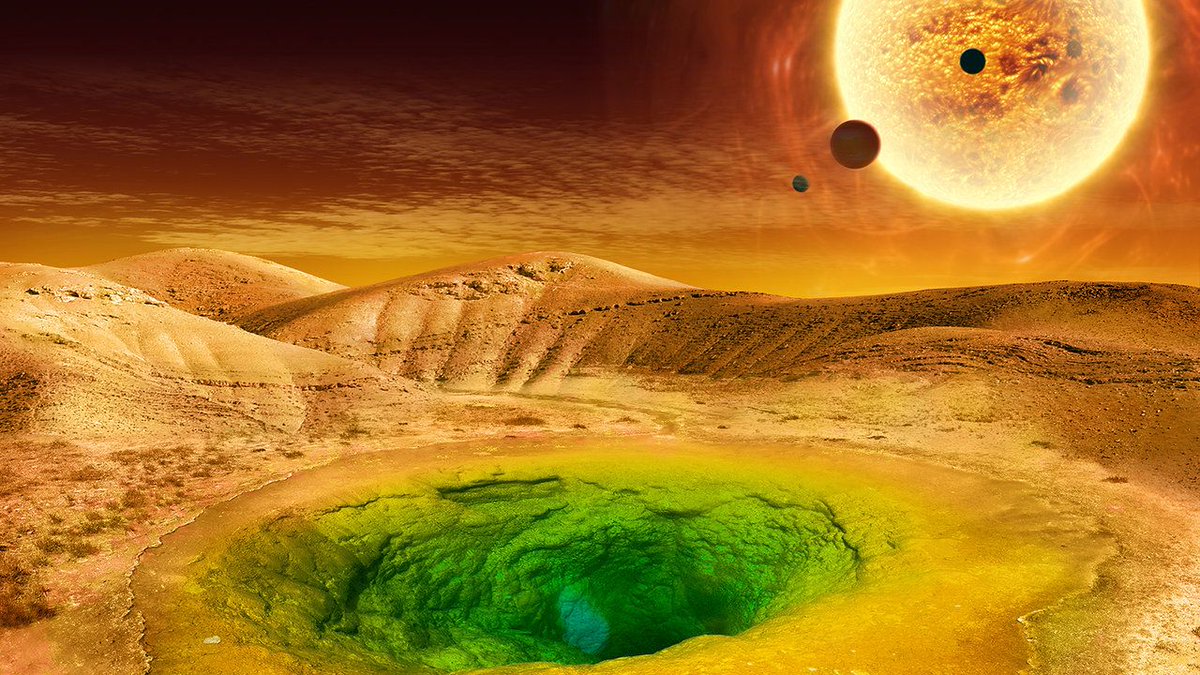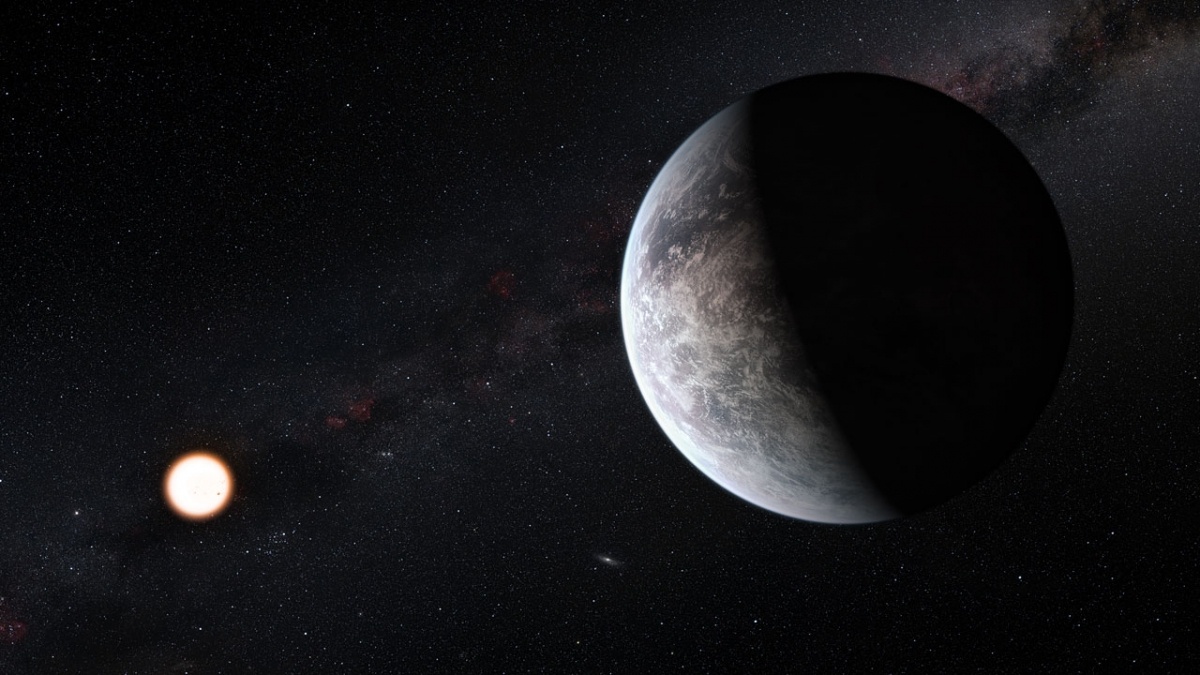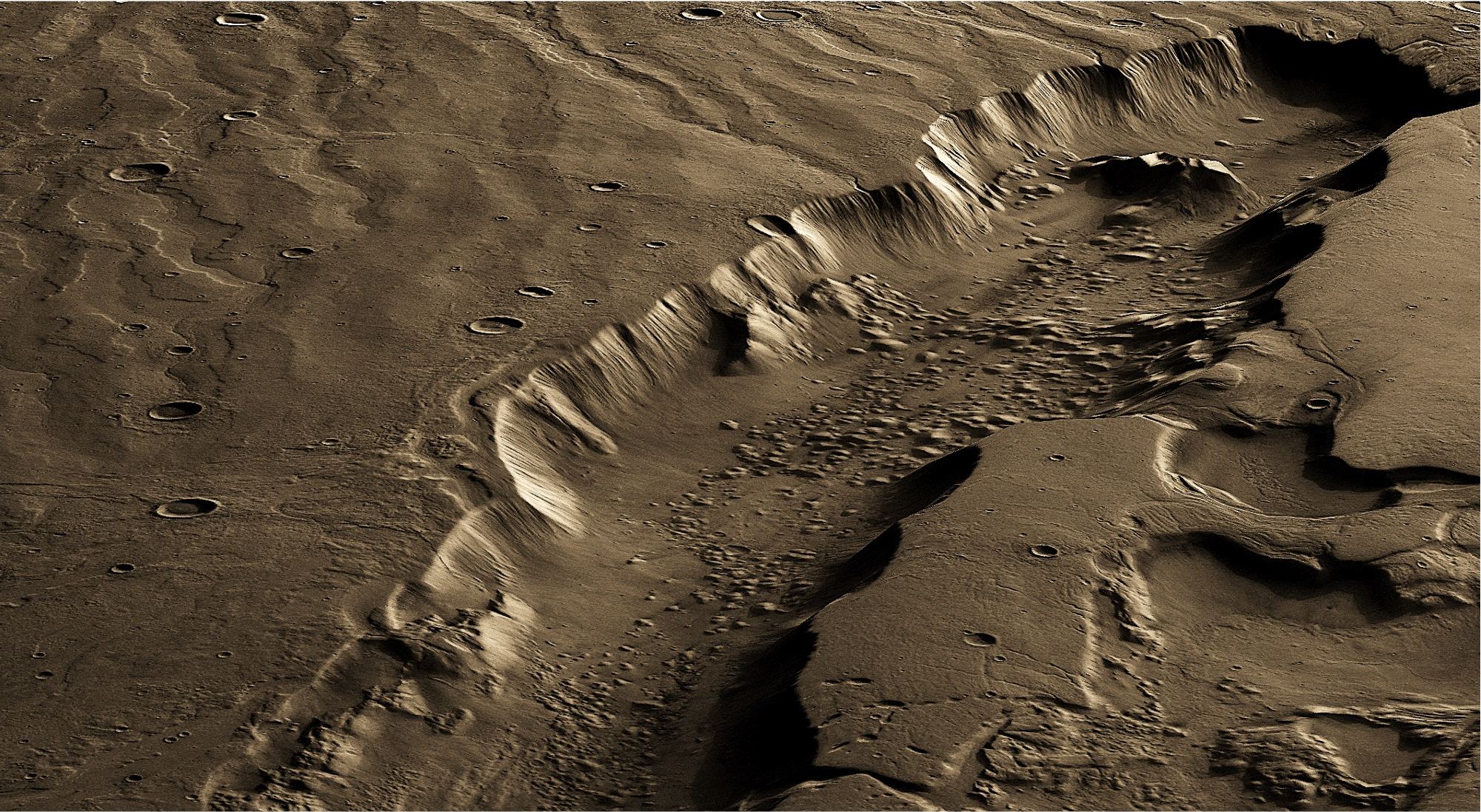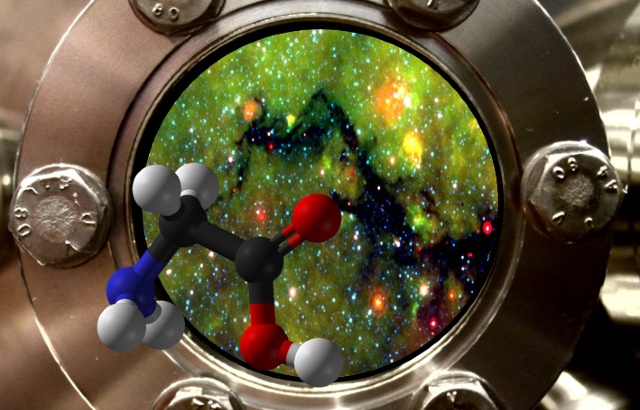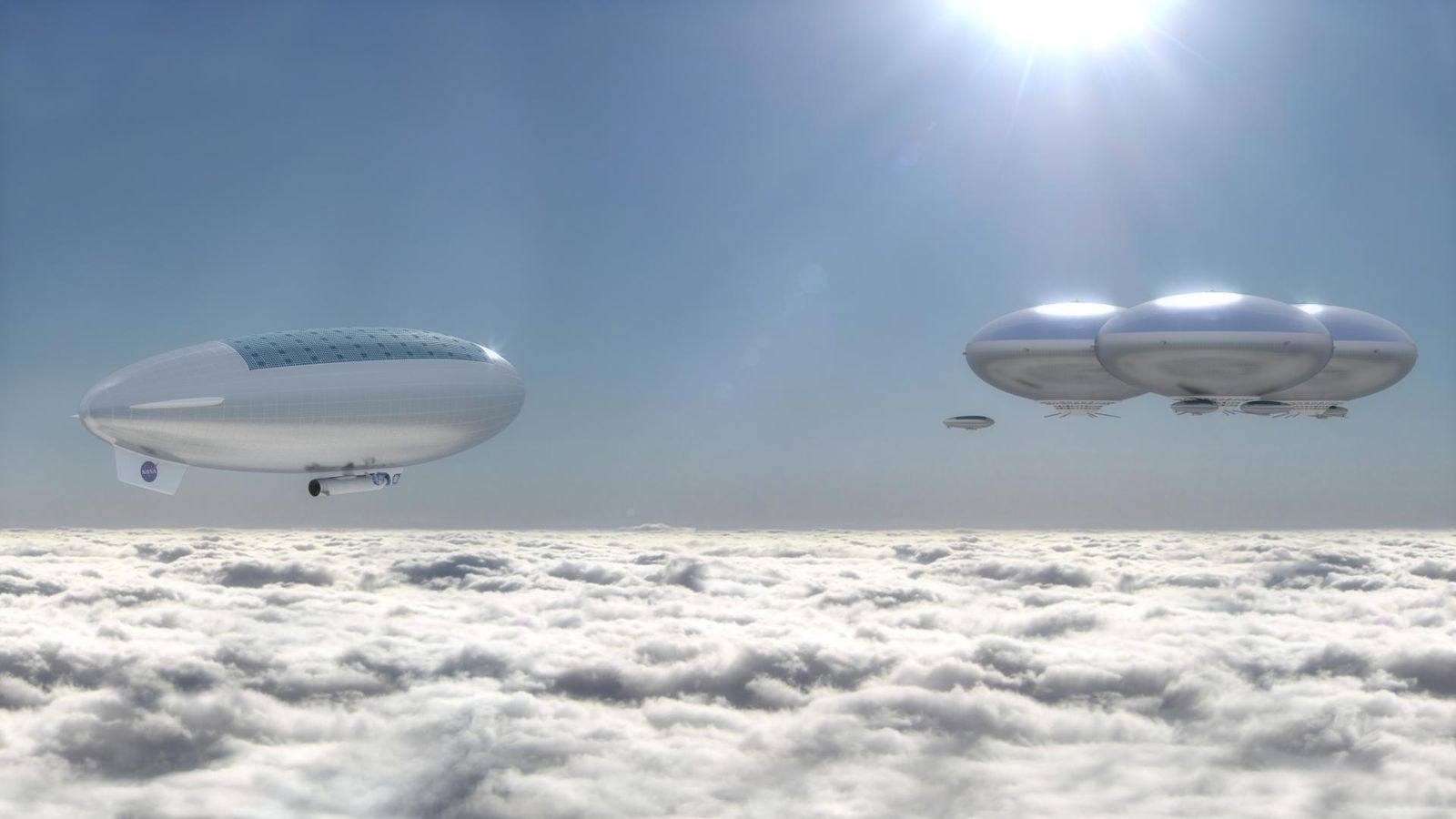In 1960, the first survey dedicated to the Search for Extraterrestrial Intelligence (SETI) was mounted at the Green Bank Observatory in West Virginia. This was Project Ozma, which was the brainchild of famed astronomer and SETI pioneer Frank Drake (for whom the Drake Equation is named). Since then, the collective efforts to find evidence of life beyond Earth have coalesced to create a new field of study known as astrobiology.
The search for extraterrestrial life has been the subject of renewed interest thanks to the thousands of exoplanets that have been discovered in recent years. Unfortunately, our efforts are still heavily constrained by our limited frame of reference. However, a new tool developed by a team of researchers from the University of Glasgow and Arizona State University (ASU) could point the way towards life in all of its forms!
Continue reading “New Technique to Search for Life, Whether or not it’s Similar to Earth Life”


